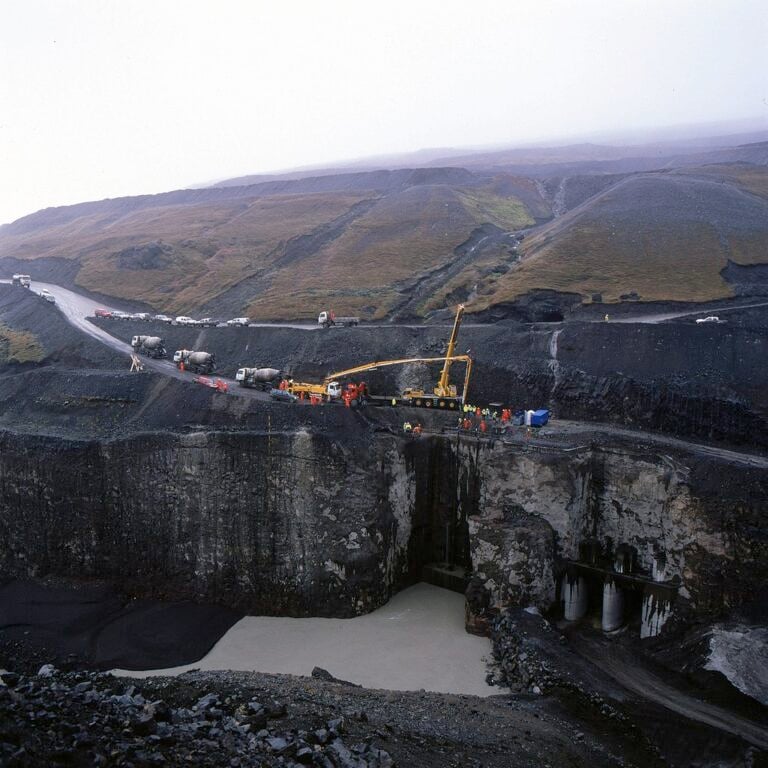At the beginning of the last century, electrification began in Iceland. The first hydroelectric power station was built in Hafnarfjördur in 1904 by master carpenter Helgi M. Sigurdsson, who lit up half the town initially. The next town to be electrified was Eskifjördur, where the Ljósá river was harnessed in 1911. The first large hydroelectric power plant in the country was built in Ellidaá in Reykjavík from 1919 to 1921, which granted the capital access to electricity. The next phase of electrification occurred just before World War II, when large power plants were built in the Sogid river near Thingvallavatn and in Laxárdalur in northeast Iceland to electrify the entire country. The third and final phase in the history of electricity production began in 1965, when Landsvirkjun was established to set up large power plants to sell energy to heavy industry. The first large plant, Búrfellsvirkjun in Thjórsá, was inaugurated in 1970. It is now the second largest hydroelectric power plant in the country, producing 270 MW. Kárahnjúkavirkjun in Jökulsá á Dal, in the east, is by far the largest, producing 690 MW. The third largest plant is Hrauneyjafoss in Thjórsá, producing 210 MW. Blönduvirkjun in the river Blanda ranks fourth and fifth with Hrauneyjarfoss station in Thjórsá, both of which are 150 MW in size. Thjórsá in South Iceland is the river where most electricity is produced, while the most voluminous and powerful river in the country, Jökulsá á Fjöllum, remains untamed. It flows from Vatnajökull into Öxarfjördur, mostly within the Vatnajökull National Park.
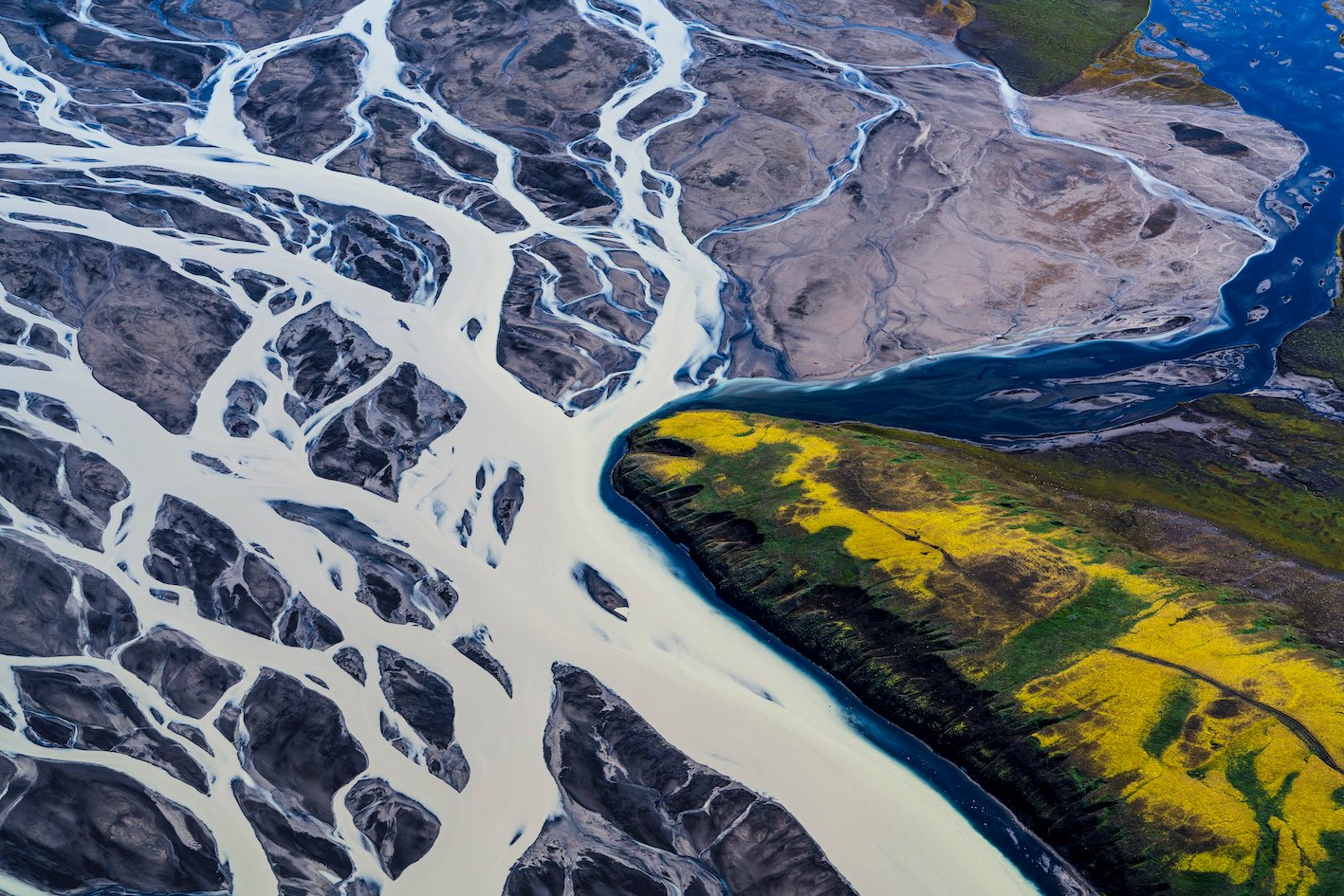
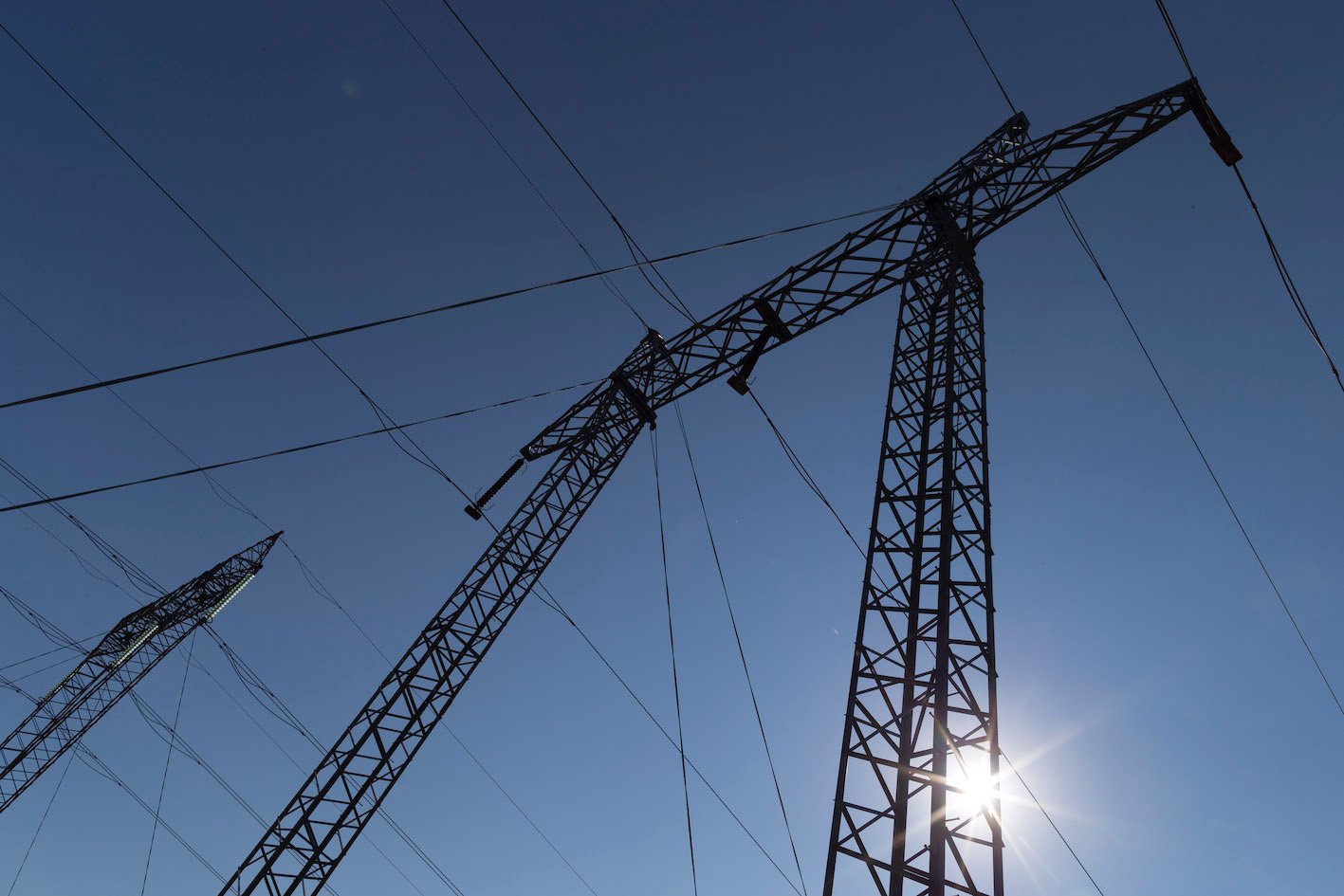
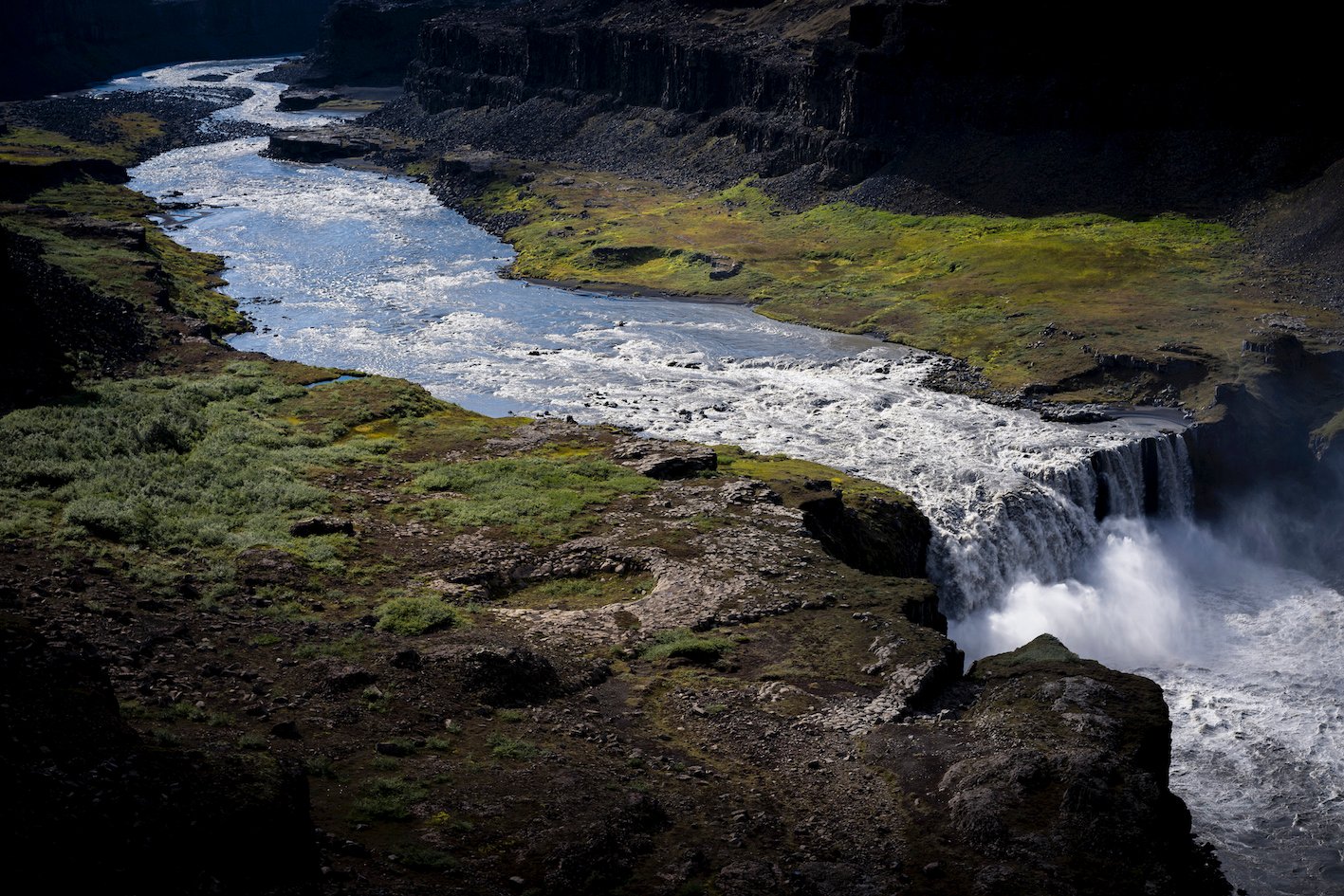
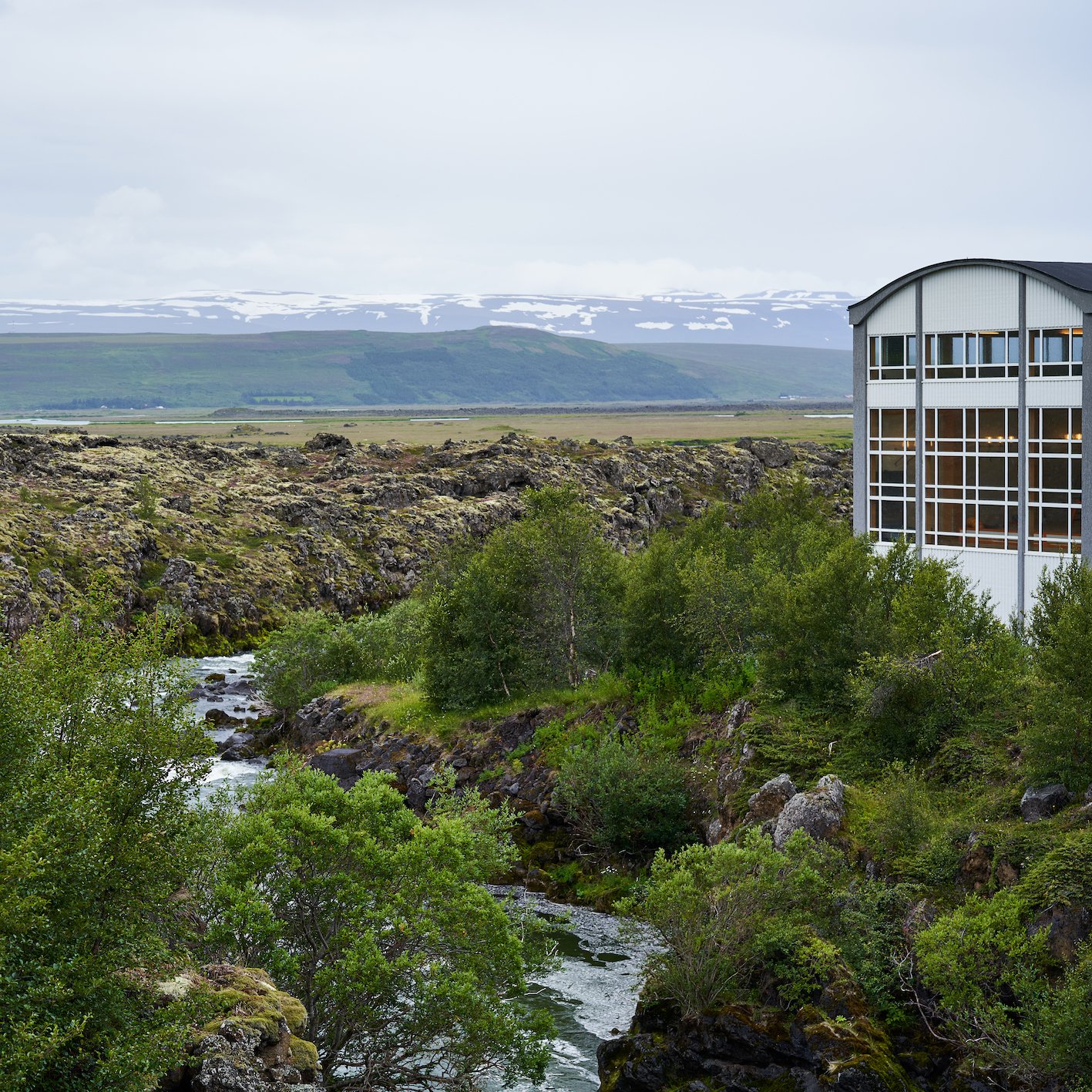
Iceland 25/02/2024: RX1RII, A7RIII:
Photographs & text: Páll Stefánsson

